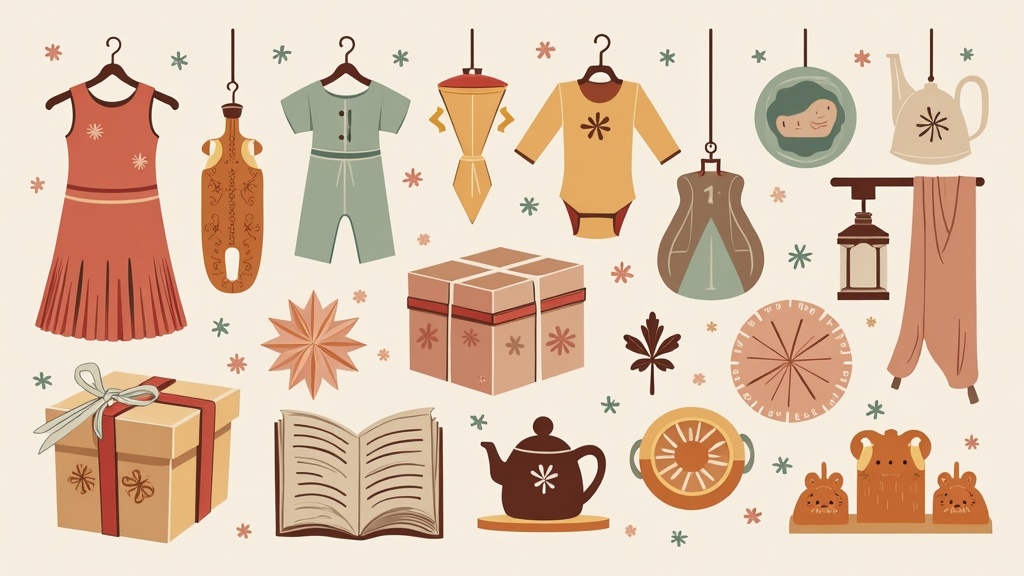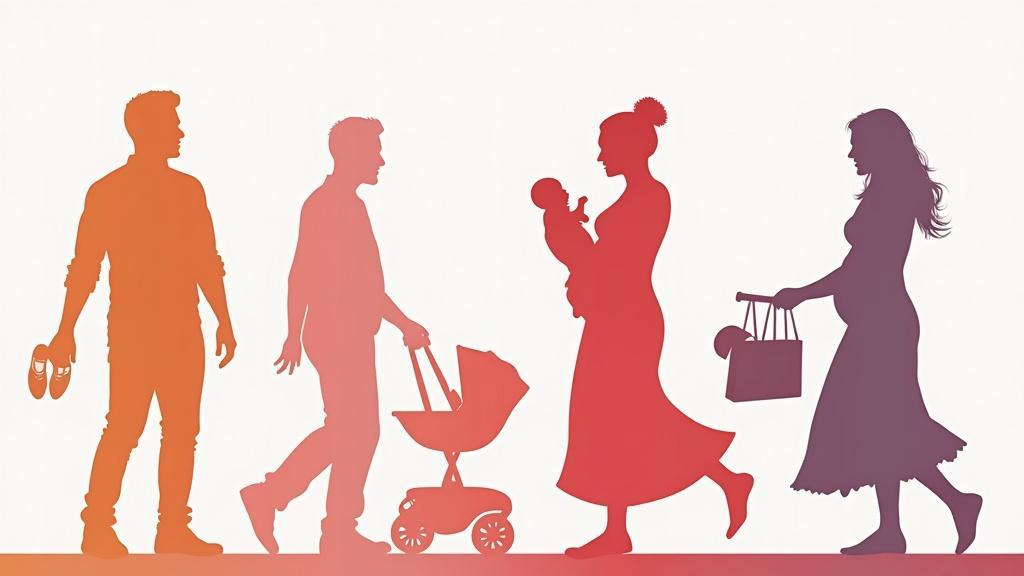Pacifiers, also known as soothers or dummies, are small, nipple-shaped devices made of rubber or silicone that are designed to be sucked on by babies. They have been used for centuries as a way to calm and soothe infants. The history of pacifiers can be traced back to ancient times, with evidence of their use found in ancient Egyptian and Roman civilizations.
The importance of pacifiers for newborns cannot be overstated. Babies have a natural instinct to suck, and pacifiers provide them with a safe and appropriate way to satisfy this need. Pacifiers can help soothe fussy babies, promote better sleep, and even reduce the risk of sudden infant death syndrome (SIDS).
Key Takeaways
- Pacifiers can be a helpful tool for soothing newborns.
- Pros of pacifiers include reducing the risk of SIDS and providing comfort to babies.
- Cons of pacifiers include potential dental issues and interference with breastfeeding.
- Benefits of pacifiers include improved sleep and reduced crying.
- Risks of pacifiers include dependency and potential choking hazards.
The Pros of Pacifiers for Newborns
One of the main benefits of pacifiers is their soothing effect on babies. Sucking on a pacifier can help calm and comfort infants, especially when they are feeling fussy or upset. The rhythmic sucking motion can have a calming effect on babies, helping them relax and feel secure.
Pacifiers can also help babies fall asleep faster. The sucking action stimulates the release of hormones that promote relaxation and sleepiness. This can be particularly helpful for parents who are struggling to get their newborns to sleep through the night.
Another important benefit of pacifiers is their potential to reduce the risk of sudden infant death syndrome (SIDS). Studies have shown that the use of pacifiers during sleep can significantly decrease the risk of SIDS. It is believed that the sucking action helps keep the airway open and prevents babies from falling into a deep sleep, which is associated with an increased risk of SIDS.
Pacifiers can also be used to ease pain during medical procedures. The sucking motion can help distract babies from discomfort and provide them with a sense of comfort and security.
The Cons of Pacifiers for Newborns
While pacifiers have many benefits, there are also some potential drawbacks to consider. One of the main concerns is that pacifiers may interfere with breastfeeding. Some experts believe that the use of pacifiers in the early weeks of life can cause nipple confusion, making it more difficult for babies to latch onto the breast and nurse effectively. This can lead to breastfeeding difficulties and a decrease in milk supply.
Another potential downside of pacifiers is that they may cause dental problems. Prolonged and excessive use of pacifiers can lead to misalignment of the teeth and jaw, resulting in orthodontic issues later in life. It is important to use pacifiers in moderation and wean babies off them at an appropriate age to minimize the risk of dental problems.
There is also some evidence to suggest that pacifier use may increase the risk of ear infections. The constant sucking motion can cause fluid to build up in the middle ear, creating an environment that is conducive to infection. It is important to clean pacifiers regularly and avoid sharing them with other babies to reduce the risk of ear infections.
Lastly, pacifiers can become a habit that is hard to break. Some babies become dependent on their pacifiers for comfort and have difficulty self-soothing without them. This can make it challenging for parents to wean their babies off pacifiers when the time comes.
The Benefits of Pacifiers for Newborns
| Benefit | Description |
|---|---|
| Reduces SIDS Risk | Studies have shown that pacifier use during sleep can reduce the risk of Sudden Infant Death Syndrome (SIDS). |
| Calms Baby | Pacifiers can help soothe a fussy or colicky baby, providing comfort and promoting relaxation. |
| Encourages Sucking Reflex | Using a pacifier can help strengthen a newborn’s sucking reflex, which is important for feeding and overall development. |
| Provides Distraction | Pacifiers can be a helpful distraction during uncomfortable procedures, such as vaccinations or blood tests. |
| May Reduce Ear Infections | Some studies suggest that pacifier use may help reduce the risk of ear infections in infants. |
Despite the potential drawbacks, there are many benefits to using pacifiers for newborns. One of the main advantages is that pacifiers help babies self-soothe. The sucking action provides babies with a sense of comfort and security, helping them regulate their emotions and calm themselves down.
Pacifiers also provide comfort during times of stress. Babies may experience anxiety or discomfort when they are separated from their parents or when they are in unfamiliar environments. Sucking on a pacifier can help alleviate these feelings and provide babies with a sense of familiarity and security.
Furthermore, pacifiers can be a useful tool for parents. They can help buy some time when a baby is fussy or upset, allowing parents to attend to other tasks or take a short break. Pacifiers can also be used as a distraction during diaper changes or other potentially unpleasant experiences.
The Risks of Pacifiers for Newborns
While pacifiers have many benefits, it is important to be aware of the potential risks associated with their use. One concern is nipple confusion, which can occur when babies are introduced to pacifiers before they have established a strong breastfeeding relationship. Nipple confusion can make it more difficult for babies to latch onto the breast and may lead to breastfeeding difficulties.
Another risk is that babies may become over-reliant on pacifiers for comfort and have difficulty self-soothing without them. This can make it challenging for parents to wean their babies off pacifiers when the time comes.
There is also some evidence to suggest that prolonged pacifier use may cause speech delays. The constant sucking motion can interfere with the development of oral muscles and affect speech production. It is important to use pacifiers in moderation and wean babies off them at an appropriate age to minimize the risk of speech delays.
Lastly, there is a small risk of choking associated with pacifier use. It is important to choose pacifiers that are the appropriate size for your baby and regularly inspect them for signs of wear and tear. It is also important to never attach pacifiers to strings or cords, as this can pose a choking hazard.
Choosing the Right Pacifier for Your Newborn

When it comes to choosing a pacifier for your newborn, there are several factors to consider. There are different types of pacifiers available, including one-piece pacifiers, two-piece pacifiers, and orthodontic pacifiers. One-piece pacifiers are made of a single piece of silicone or rubber and are easy to clean. Two-piece pacifiers have a separate nipple and shield, which can be detached for cleaning. Orthodontic pacifiers have a nipple that is designed to mimic the shape of a mother’s breast and promote proper oral development.
It is important to choose a pacifier that is the appropriate size for your baby’s age and mouth size. Pacifiers that are too small can pose a choking hazard, while pacifiers that are too large may be difficult for your baby to keep in their mouth.
It is also important to consider the material of the pacifier. Silicone pacifiers are more durable and resistant to heat, while rubber pacifiers are softer and more flexible. Some babies may have a preference for one material over the other, so it may be worth trying both to see which your baby prefers.
When choosing a pacifier, it is also important to consider any specific needs or preferences your baby may have. Some babies may prefer a certain shape or texture, while others may have sensitivities or allergies that need to be taken into account.
Recommended brands for pacifiers include Philips Avent, NUK, and MAM. These brands offer a range of pacifiers that are designed with the needs of newborns in mind and have received positive reviews from parents.
How to Introduce Pacifiers to Your Newborn
When it comes to introducing pacifiers to your newborn, timing is key. It is generally recommended to wait until breastfeeding is well-established before introducing a pacifier, usually around 3-4 weeks of age. This allows your baby to develop a strong latch and establish a good milk supply.
To introduce a pacifier, start by offering it to your baby when they are calm and content. Gently touch the pacifier to their lips and allow them to take it into their mouth if they show interest. It may take some time for your baby to get used to the pacifier, so be patient and offer it consistently.
It is important to note that not all babies will take to pacifiers right away, and that is okay. Some babies simply do not have a strong sucking instinct or may prefer other forms of comfort. If your baby does not show interest in a pacifier, do not force it.
How to Wean Your Newborn off Pacifiers
When it comes time to wean your baby off pacifiers, it is important to do so gradually and gently. It is generally recommended to start weaning around 6-12 months of age, when your baby’s need for sucking begins to decrease.
To wean your baby off pacifiers, start by gradually reducing their use. Begin by limiting pacifier use to specific times, such as naptime or bedtime. Over time, gradually decrease the amount of time your baby spends with the pacifier until they no longer need it.
It can also be helpful to offer alternative forms of comfort and distraction when your baby is feeling fussy or upset. This can include cuddling, rocking, singing, or offering a favorite toy or blanket.
It is important to be patient and understanding during the weaning process. Your baby may experience some resistance or protest initially, but with consistency and gentle encouragement, they will eventually adjust to life without a pacifier.
Pacifiers and Sudden Infant Death Syndrome (SIDS)
One of the most significant benefits of pacifiers for newborns is their potential to reduce the risk of sudden infant death syndrome (SIDS). SIDS is the sudden and unexplained death of an otherwise healthy infant under one year of age. It is a devastating tragedy that affects thousands of families each year.
The link between pacifiers and SIDS was first discovered in the 1990s when several studies found a significant reduction in the risk of SIDS among babies who used pacifiers during sleep. Since then, numerous studies have confirmed this association.
It is believed that pacifiers reduce the risk of SIDS by helping to keep the airway open and preventing babies from falling into a deep sleep. The sucking action stimulates the muscles in the throat and tongue, which helps keep the airway clear and prevents obstruction.
Based on this evidence, the American Academy of Pediatrics (AAP) recommends offering a pacifier at naptime and bedtime to reduce the risk of SIDS. However, it is important to note that pacifiers should not be forced on babies who do not want them, and they should never be reinserted if they fall out during sleep.
To Pacify or Not to Pacify?
In conclusion, pacifiers can be a valuable tool for soothing and comforting newborns. They have been used for centuries and have been shown to have numerous benefits, including their ability to calm babies, promote better sleep, reduce the risk of SIDS, and provide comfort during medical procedures.
However, it is important to weigh the pros and cons before deciding whether or not to use pacifiers for your newborn. Pacifiers may interfere with breastfeeding, cause dental problems, increase the risk of ear infections, and become a habit that is hard to break.
When choosing a pacifier for your newborn, consider factors such as size, material, and your baby’s specific needs and preferences. Recommended brands include Philips Avent, NUK, and MAM.
When introducing pacifiers to your newborn, wait until breastfeeding is well-established and offer the pacifier when your baby is calm and content. Be patient and allow your baby time to adjust to the pacifier.
When it comes time to wean your baby off pacifiers, do so gradually and gently. Start by limiting pacifier use to specific times and gradually decrease their use over time.
Lastly, pacifiers have been shown to reduce the risk of SIDS when used during sleep. The AAP recommends offering a pacifier at naptime and bedtime to reduce the risk of SIDS.
Ultimately, the decision to use pacifiers for your newborn is a personal one. Consider the pros and cons, consult with your pediatrician, and trust your instincts as a parent.



